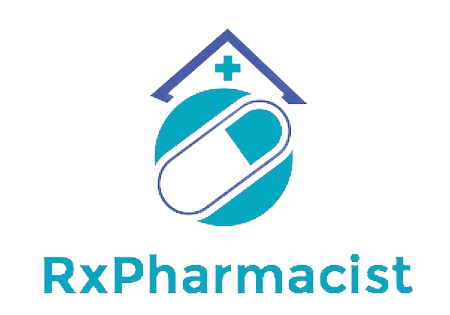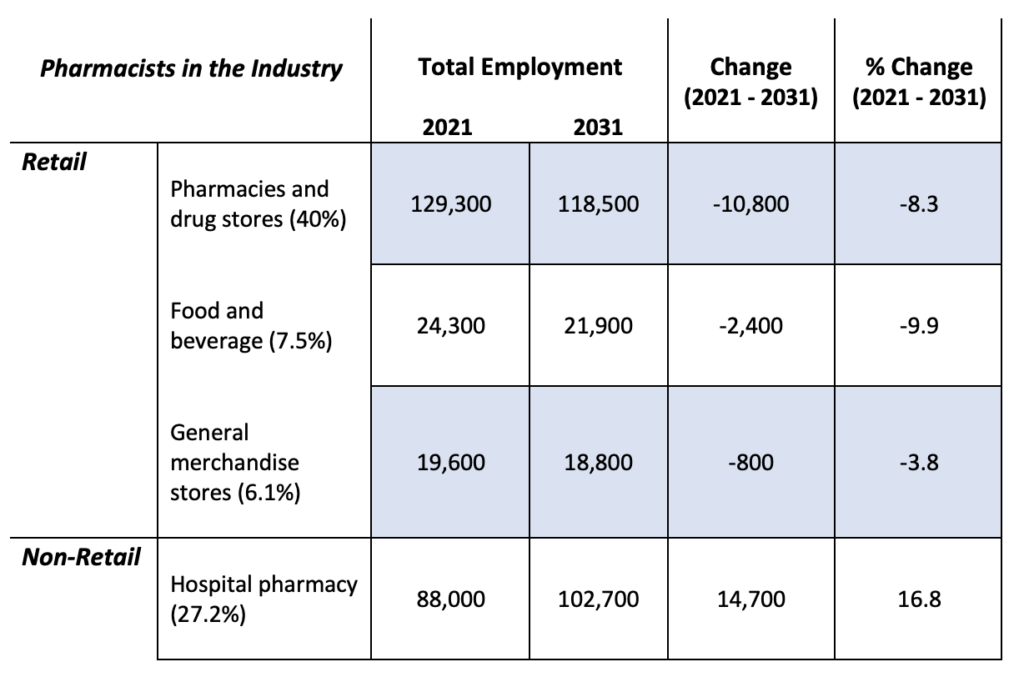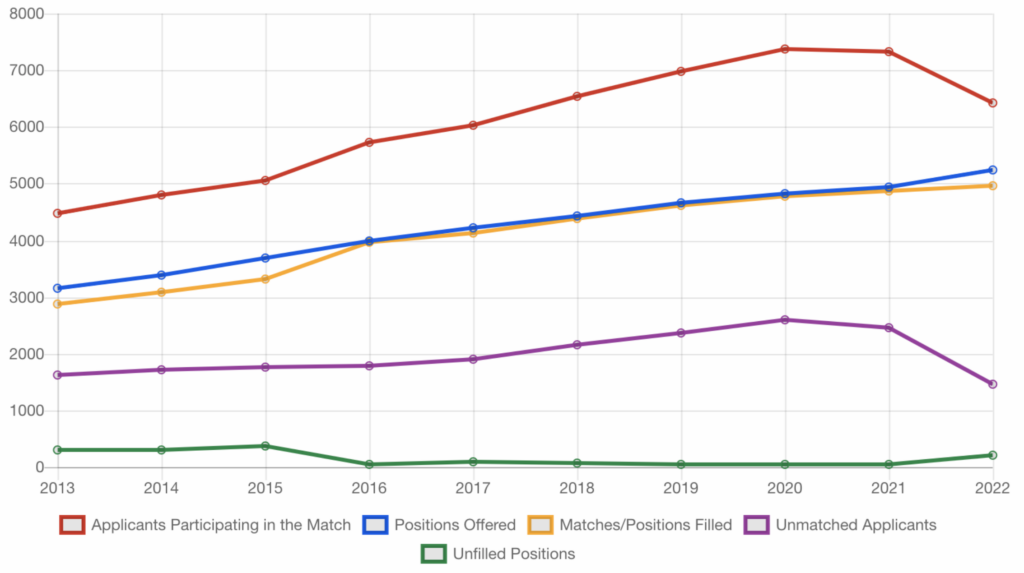Pharmacy provider status – Are we there yet?
The advancement of the pharmacy profession has allowed pharmacists to take on various roles and provide services that extend well beyond what people think. Often times, people think the role of a pharmacist may be assumed as the stereotypical 12-hour workday, consisting of only dispensing medications. However, pharmacists have gone to school for much more than to just dispense, and the magnitude of education and training received throughout school is pertinent to providing exceptional patient care throughout all types of pharmacy. As fellow pharmacists and pharmacy students, we all know too well that we have to go through a rigorous 4-year doctorate program. Pharmacists are now involved with advanced patient-centered services that include transitions of care, medication management, medication reviews with thorough monitoring, chronic disease management, disease education, prevention and wellness services, and patient education. To reinforce how essential they are, pharmacists have been amongst the frontline workers who have played a significant role in reducing the spread of the coronavirus disease 2019 (COVID-19). The extent to which accessibility of a pharmacist in one’s community took national stage when the Department of Health and Human Services (HHS) authorized state-licensed pharmacists to order and administer, and state-licensed or registered pharmacy interns under the supervision of the pharmacist to administer, coronavirus disease 2019 (COVID-19) vaccines to individuals ages 3 or older. Without the efforts of implementing mobile testing facilities, composing response plans, providing curbside delivery, compounding hand sanitizers, and educating the public on methods to prevent spread, the nation’s population may have been much more vulnerable to its virulence. Their highly talented skills, in addition to reasonable accessibility, allows pharmacist to be trusted amongst patients. In fact, pharmacists are rated among the top 5 most trusted professionals year after year by Gallup.
What is provider status?
According to the Social Security Act (SSA), obtaining provider status means pharmacists can participate in Medicare Part B programs and bill Medicare for services under their scope of practice. However, at this time, and despite all their expertise, pharmacists are omitted from this status as the federal government does not consider these health care professionals as medical providers. Currently, those with provider status are professionals employed as physicians, physician’s assistants, certified nurse practitioners, qualified psychologists, clinical social workers, certified nurse midwives, and certified registered nurse anesthetists.
While a large component of this battle surrounds pharmacists fighting to gain provider status under Medicare Part B, reimbursement from Part D also appears to be controversial. Although Medicare Part D reimburses pharmacies for providing medication therapy management to select patients, the program includes only a small set of services that pharmacists are capable of supplying.
What barriers hold pharmacists from reaching this level of authority?
- Congress members direct their focus towards the nation’s spending and other issues, including immigration.
- Due to financial pressures, those making decisions are more focused on reducing health care expenditure, rather than adding new spending costs.
- Congress equates provider status with the “fee-for-service” (FFS) payment model.
- FFS is a model in which payment is contingent to the quantity of care, over quality.
- Legislators may be unwilling to pursue old payment reform as newer payment models evolve.
- Health care professionals with provider status who bill Medicare through the fee-for-service payment model are in a position of strength, both politically and financially.
- These individuals may oppose the pharmacy provider status initiative.
While these barriers may impede the ultimate goal of gaining provider status, the American Pharmacist Association (APhA) is taking initiative by contacting health care providers, consumer organizations, payers, and policy makers, all in an effort to educate on the health and economic benefits a pharmacist provides.
What does this mean?
“Provider status is shorthand for ensuring that patients can get access to the clinical services that pharmacists provide and that pharmacists get reimbursed for providing those services” noted vice president of policy for the National Alliance of State Pharmacy Associations, Krystalyn K. Weaver, PharmD. Therefore, this exclusion limits Medicare beneficiaries from accessing pharmacist services.
Tom Menighan, EVP and CEO of APhA, also addressed this concern by stating: “Beyond being unfair to our profession, this lack of federal recognition restricts the contributions pharmacists can make to improving patient care.”
Why is this important?
There is an absolute need to improve health outcomes. In 2016, a released report revealed that the United States spends approximately $1.1 trillion annually on treatment for chronic health conditions, equivalent to almost 6% of the country’s GDP. Additional statistics include the following:
- 1.5 million cases of preventable medication related side effects
- $290 billion spent annually to treat preventable medication related side effects
- $100 billion spent annually towards hospitalizations
Improvements in disease state management through proper medication use would not only go a long way in reducing these costs but will also advance patient quality of life in a cost-efficient manner. Who can serve this role and provide comprehensive education to help treat, manage, and prevent diseases? Pharmacists. All evidence through studies and practice-based experience has shown that pharmacists have all the tools to improve health outcomes and reduce health care costs; however, the absence of provider status and proper payment models have obstructed patients and health care providers from accessing full benefits received through pharmacist services. Provided below are opportunities that pharmacists have taken upon to increase health outcomes:
- US pharmacists’ effect as team members on patient care: systematic review and meta-analyses
- Why Pharmacists Belong In The Medical Home
- Integration of pharmacists into a patient-centered medical home
- Improving Patient and Health System Outcomes through Advanced Pharmacy Practice
So, is now the time to gain provider status?
Amidst the ongoing global pandemic we face in today’s world, now is certainly the best time to gain full provider status. As of October 2020, there are only 37 states that have pharmacists classified as “medical providers” under the provisions of Medicare Part B, resulting in a lack of reimbursement for the clinical services provided. Being such an integral part of health care, pharmacists are well-equipped to take on much healthcare challenges, and COVID-19 is reassuring that certainty.
Legislation
The Pharmacy and Medically Underserved Areas Enhancement Act (H.R. 2759/ S. 1362) is a bipartisan bill that will recognize pharmacists as providers under Medicare Part B. Furthermore, this bill will:
- Allow Medicare beneficiaries to access the services provided by a pharmacist
- Focus on providing pharmacist care and services to Medicare beneficiaries in medically underserved communities
- Provide Medicare reimbursement for pharmacist services in medically underserved communities
The Equitable Community Access to Pharmacist Services Act (H.R. 7213) is also a bipartisan legislation that was introduced in March 2022. This ensures Medicare beneficiary access to pharmacist pandemic-related care without the need for the COVID-19 public health emergency.
Pharmacists have been a vital part of patient care. It is important to recognize healthcare professionals for what they do on an everyday basis. Provider status for pharmacists has been a conversation for a long period of time and with the new legislation in place, the conversation continues. Be a patron, support the cause, because now is the time to reward pharmacists for their purposeful work.
Best,
Dagmara Zajac
RxPharmacist Team
References:
- Gebhart, F. (2019, June 13). On the Road to Provider Status. Retrieved October 08, 2020, from https://www.drugtopics.com/view/road-provider-status
- Provider Status for Pharmacists. (2017, March). Retrieved October 10, 2020, from https://www.amcp.org/policy-advocacy/policy-advocacy-focus-areas/where-we-stand-position-statements/provider-status-for-pharmacists
- Provider status: What pharmacists need to know now. (2013, August). Retrieved October 07, 2020, from https://www.pharmacist.com/provider-status-what-pharmacists-need-know-now
- The Costs of Chronic Disease in the U.S. (2020, September 02). Retrieved October 07, 2020, from https://milkeninstitute.org/reports/costs-chronic-disease-us
- Weitzman, D. (2020, October 07). Provider Status for Pharmacists: It’s About Time. Retrieved October 08, 2020, from https://www.pharmacytimes.com/news/provider-status-for-pharmacists-its-about-time
- Pharmacy and medically underserved areas enhancement act. ASHP. https://www.ashp.org/advocacy-and-issues/provider-status/pharmacy-and-medically-underserved-areas-enhancement-act?loginreturnUrl=SSOCheckOnly. Accessed November 18, 2022.
- Pharmacy’s Top Priority: Medicare Provider Status Recognition. American Pharmacists Association. https://www.pharmacist.com/Advocacy/Issues/Provider-Status/Equitable-Community-Access-to-Pharmacist-Services-Act-ECAPS. Accessed November 19, 2022.
- Campos P. National Coalition urges Congress to ensure access to essential pharmacist services for Medicare beneficiaries during American Pharmacists Month. Future of Pharmacy Care Coalition. https://pharmacycare.org/national-coalition-urges-congress-to-ensure-access-to-essential-pharmacist-services-for-medicare-beneficiaries-during-american-pharmacists-month/?utm_campaign=GRD-Newslink-1-00-1135-52000&utm_medium=email&_hsmi=231538641&_hsenc=p2. Published October 25, 2022. Accessed November 19, 2022.
Pharmacy provider status – Are we there yet? Read More »











